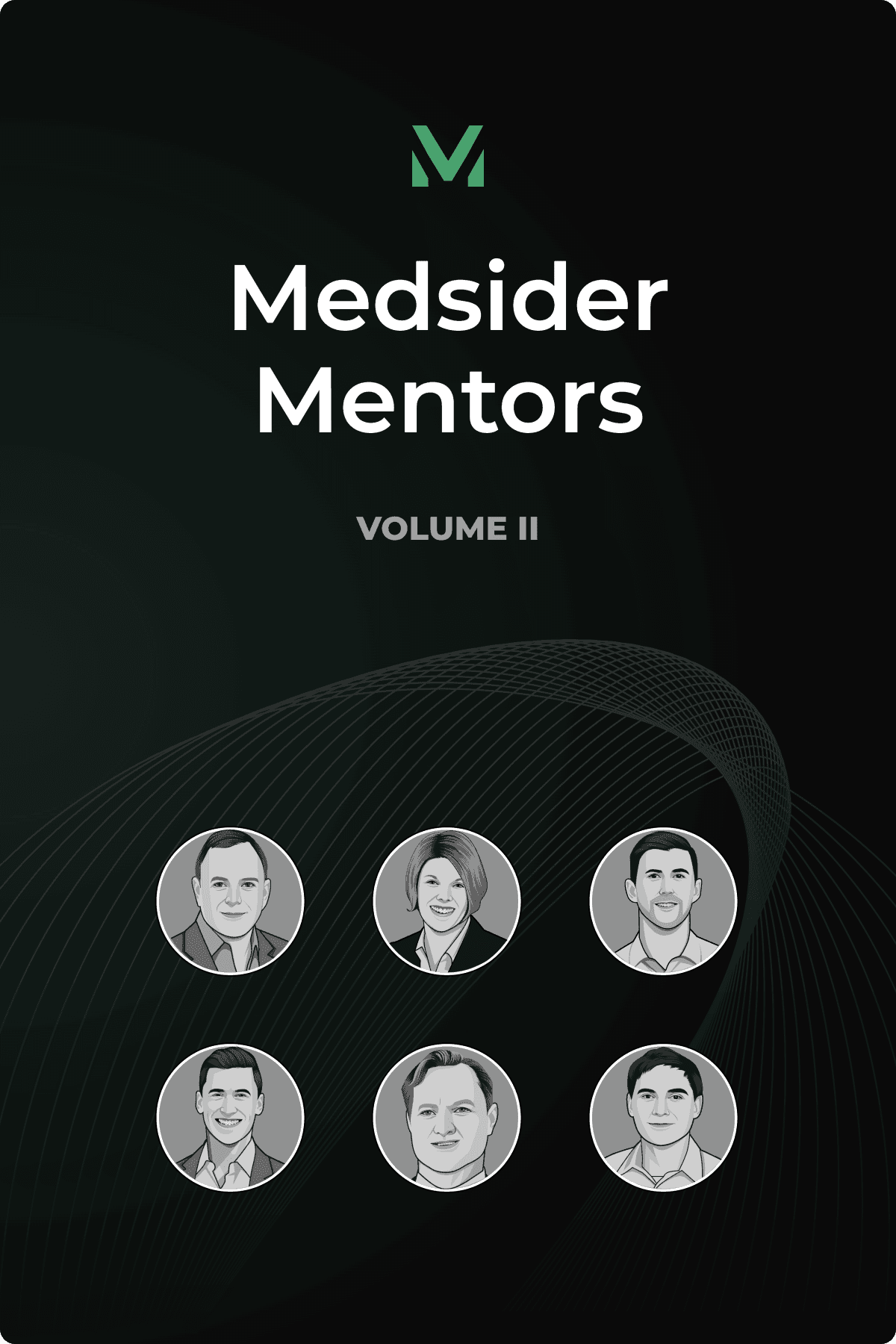Build for the User, Not the Spec Sheet
Interview with Phagenesis CEO Reinhard Krickl

Key Learnings From Reinhard’s Experience
It’s easy to get caught up in adding features that don’t necessarily translate to better usability or functionality. In medtech, the compelling need is often the simplest device with an intuitive design. To achieve that, you need to thoroughly understand the market you're entering by interrogating your stakeholders with an open mind.
Develop a deep understanding of your market, not just in terms of what your technology can do, but how it fits into the existing healthcare ecosystem. Understand the specific medical and economic environment, as structural dynamics, such as regulatory requirements, reimbursement policies, and standard of care procedures, can either hinder or facilitate the adoption of your product.
Consistent investor communication is crucial for securing funding. When it comes to pitching, you have to be able to tell an engaging story. Use every opportunity, regardless of the outcome, as a learning experience. Analyze what worked, what didn’t, and why. Continuously refine your pitch to ensure it not only tells the right story but also resonates with potential investors.
After more than a decade at the helm of Phagenesis, Reinhard Krickl is stepping aside as CEO, setting the stage for the company to spread its wings in the United States. An engineer and an academic passionate about applying technology in medicine, Reinhard stepped into the world of medtech with Medtronic in 2000, where he drove sales of neuro-based therapies in Austria. He was eventually promoted to the European headquarters in Switzerland, where he honed in on his career as a corporate entrepreneur.
Reinhard’s primary focus was on neurology, and he worked on advancing therapies from their nascent stages to full market maturity, first in Austria and then across Europe. At Medtronic, the job that taught him the full complexity of medtech commercializing, he led the deep brain stimulation (DBS) business for Europe.
After 14 years of corporate entrepreneurship at Medtronic, Reinhard decided to tackle startups and joined Phagenesis, which is a UK-based company that emerged from neurology research conducted by Prof. Shaheen Hamdy, at Manchester University.
The company is dedicated to addressing dysphagia, a condition that impedes patients' ability to swallow. It affects about 50% of stroke survivors and long-term ventilated patients, and can lead to severe complications, including malnutrition and aspiration pneumonia.
Phagenesis’ neuromodulation system, Phagenyx, is designed to restore normal swallowing function after just a few days of pharyngeal electrical stimulation (PES). The ability to significantly reduce the length of hospital stays and intervene early, even without the need for patients to collaborate, holds immense potential for this therapy and heralds a paradigm change in care, according to Reinhard.
Reinhard spearheaded the commercialization of Phagenesis' technologies across Europe and after the Phagenesis team secured FDA approval, he set up the company’s U.S. business. Before passing the baton to a CEO with black belt experience in commercializing in the U.S., Reinhard led a Series D funding round of over $40 million. With this capital boost, Phagenesis is set to evolve from clinical-stage to a fully commercial company, ready to expand its reach overseas.
You May Like These Articles
Medsider Premium
Become a premium member and unlock access to exclusive Medsider benefits.



